The Tokyo-based gallery MISAKO & ROSEN (an interview)
Here is our last interview with gallerists: MISAKO & ROSEN and their bridging role between Japan and the rest of the art world
A niche within a niche, not many in the art world wonder about Japanese contemporary art, though many reasons exist to consider this lack of curiosity a mistake. At the same time, the Japanese reception of Western contemporary art can teach us lots about what we supposedly know well. A few days before the start of their gallery residency at CFAlive in Milan – an exhibition of works by Kaoru Arima opening on Dec 14th – we reached out to Jeffrey Rosen of MISAKO & ROSEN [here is the gallery’s website] to talk about their gallery and lives as art dealers in Tokyo, between their local presence and the bridge they are making with the Western art world.
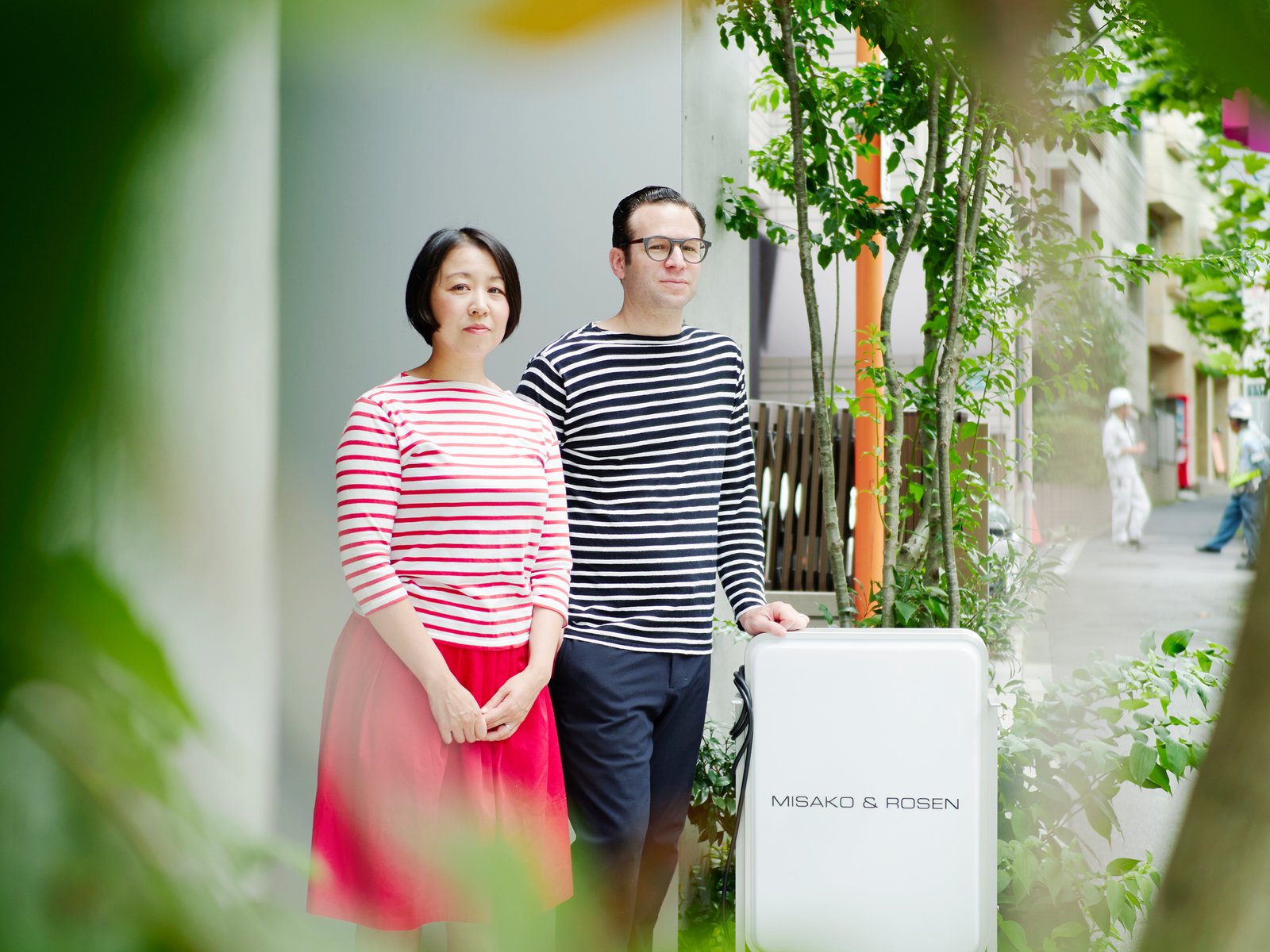
How did you start the gallery?
The gallery opened in December 2006 by me and my wife Misako, each of us having had previous experience working in what I call the first generation of contemporary art galleries in Japan. Misako worked for Tomio Koyama from the very beginning of that gallery, notably in support of artists such as Takashi Murakami and Yoshitomo Nara amongst others. I myself collaborated with Taka Ishii, who gave me a job after I entered his space in Santa Monica with pink hair. I was into rave culture at the time. I ended up directing the gallery from 1998 until 2000. I moved to Tokyo in 2002 to be the director at Taka Ishii there and, after meeting Misako, founded Misako & Rosen. We participated in our first fair, NADA Miami, in 2008. I should also say that I continued working for Taka Ishii for several years while we were running our own program, which was possible because of the cooperative approach typical of the Japanese art world. Wearing two hats at once like I did, I put a great deal of pressure on myself to ensure I would not over prioritize one project over another. I was aware of the luxury of how supportive my boss was: more like an older brother who would let me travel so I could find opportunities for both his and my gallery. This also speaks of our approach with Misako & Rosen, which is culture first; people recognize that you care about art, and there is a certain amount of trust that develops as a consequence of that.
Has this approach got to do with your background?
Neither of us have art training actually. I studied philosophy as an undergraduate and was never in art school… (Although I don’t make much of a fuss about it, I am today a practicing artist). Misako studied psychology. However, we like to see the gallery as an artist-run space. This might be why we feel so close to projects like Queer Thoughts in New York or the Collective XYZ here in Tokyo. We adopted this mindset also because of our peripheral position. On the fringes of the art world like we are, this is a survival mechanism. In a way, we are a combination of an informal non-profit, an artist-run project, but still embedded in the commercial art world because of our gallery past. The “culture first” idea is also a consequence of starting off during a financial crisis.
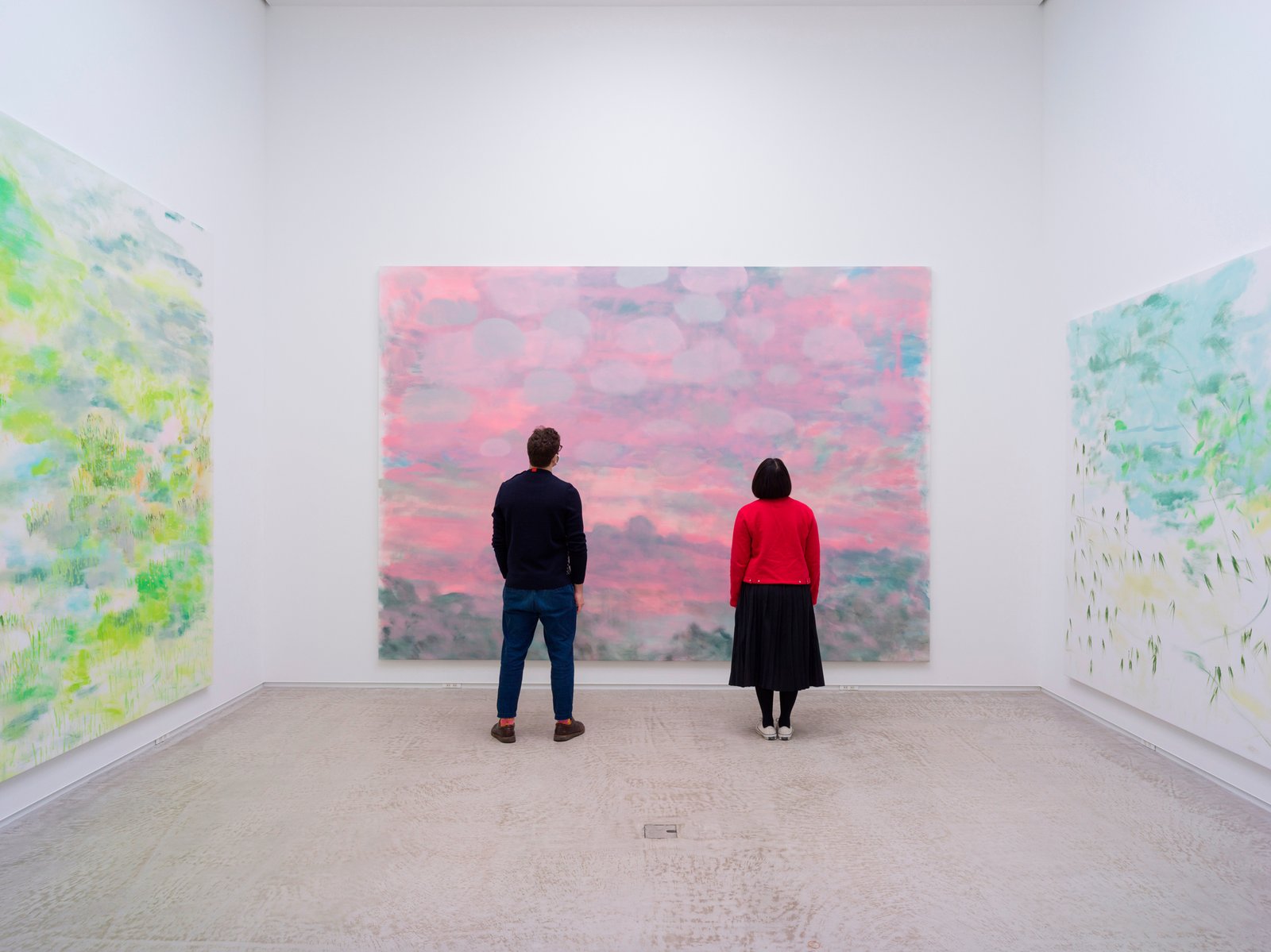
Can you elaborate on the last point?
The art market of today reminds me of the one before 2008, even a hyper version of it, where you could cynically price a work 25k dollars more and it would not make any difference. When we began, that was not the state of things. If there is a difference between the pre-2008 boom and now is the presence of a more solid community of artist-run spaces that still operate in connection to the commercial art world. Take the Green Gallery in Milwaukee, a project that is internationally relevant, both commercially and artistically, but maintains a community rooted in the location where they operate.
How would you describe your program?
The simplest way to describe our perspective is to say we are quite literal: We are a very literally minded gallery. In the early days, we would say that our program was rooted in the everyday but it has now become more complicated. We have two personalities, one which is highly abstract on a formal level, or at least what is perceived as abstract, and the other that deals with the guts of the human body and condition. These two things work in tension with each other, in relation, and sometimes in a complementary way. We enjoy dwelling in contradiction and most importantly, at the base of all of the work we do, is a deep sense of humor. While we take our job quite seriously, we also insist upon undermining that seriousness.
In the case of the Japanese artists you show abroad at fairs and elsewhere, to what extent is it important to explain the specific context in which they work? Think of an artist who might make use of a cultural reference, like a joke that’s understood only in Japan.
Some of the artists are very specific to what is happening in Japan. For some people from outside it would be almost impossible to understand their work, as it might be rooted in Japanese language or everyday events in Japan. At the same time, we often have to fight off the exoticization of Japan and its artists, occasionally to our detriment: It is easy to appreciate some works for the wrong reasons. This foreign place is another reason why we are not cynical, as we are constantly educating people, not in a patronizing way, but simply to tell them what they don’t know about what we show. Even myself, not being from Japan, I am constantly having to learn. It is fun to show work that you know will be misunderstood. You can see it as a mission of the gallery–to figure out how the artists we work with fit in a larger context. Ultimately we are in the periphery and we need to embrace its awkwardness.
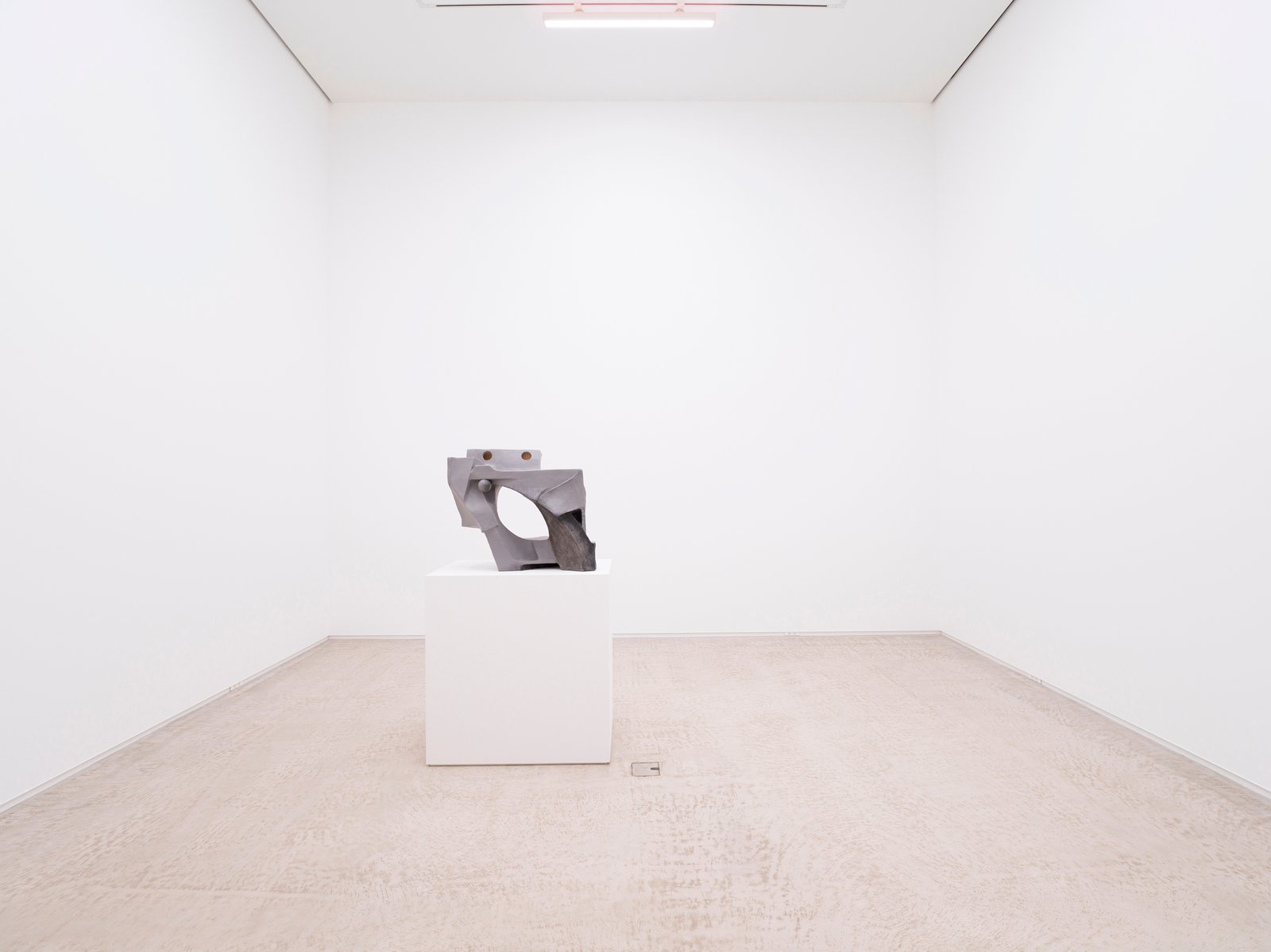
How do Western artists you work with fit in this picture?
We want to generate interest in their work in Japan, but also we’ve been looking for artists from Europe and the US that could answer questions we have about Japanese art. Once we gained sufficient standing, we felt comfortable inviting older, Western artists to contextualize our program of younger Japanese artists, also assuming that Japanese curators and collectors would instantly recognize their importance in Japan, which happened.
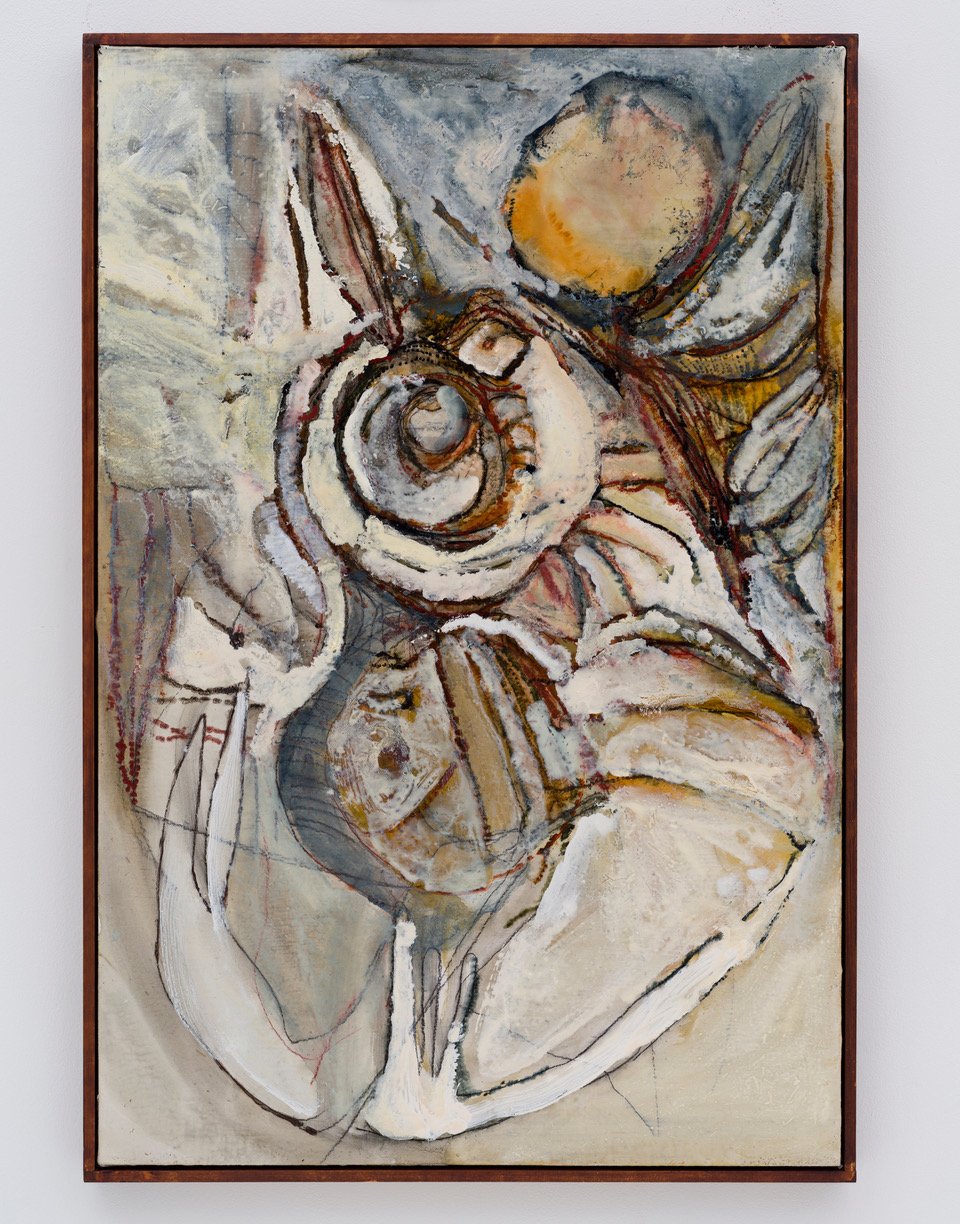
How do you choose to represent an artist?
Although we swore not to add more artists to the program – at the end of the day the gallery is only the two of us and we already work with more than 30 artists – we recently started to represent a younger artist called Reina Sugihara. We felt the work was so strong that we could not wait for others to step in to promote it. In the earlier stages, it was about looking for artists in Japan whose work felt contemporary. There were not that many. Ultimately, it’s always been about a deeply intuitive response to one’s art.
Often gallerists answer this question in terms of sharing ambitions. How ambitious are Japanese artists in your experience, and to what extent do they see you representing them as a way to make sure their work travels abroad too?
There is a quote from Wittgenstein we try to live by. It says: “ambition is the death of thought.” I think the artists appreciate that we don’t push them to do anything beyond what they’re interested in, and they understand that as a consequence of that, our ability to raise awareness of their work via both the market and the institution is going to take a great deal more time. However, there is a shared trust in culture, and how it is ultimately rewarded.
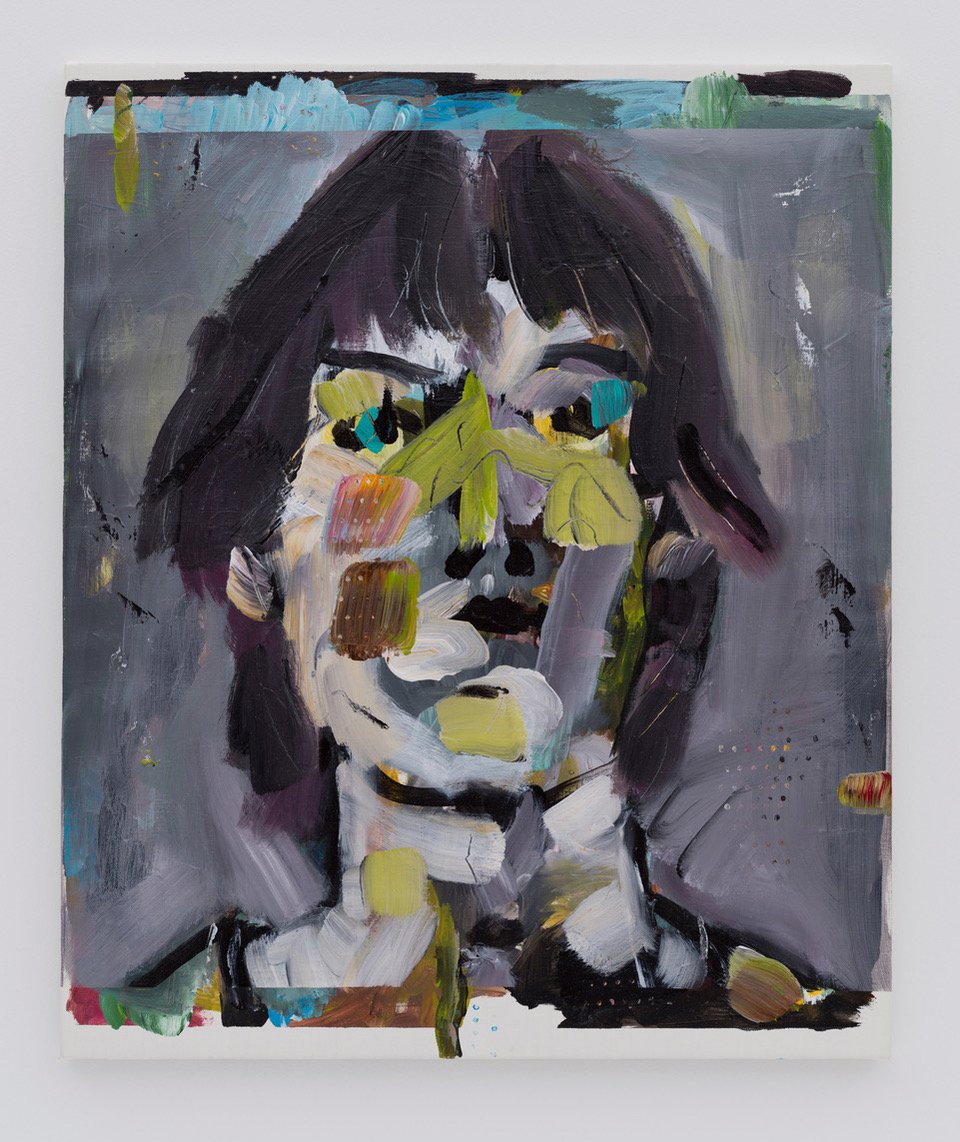
Can your gallery exist without fairs today?
We are nimble…so, yes; but, we have learned how to use the fairs to the benefit of our artists so I am OK with them at this point.
Can you tell me about your participation in LA MAISON DE RENDEZ-VOUS, the shared gallery project with LambdaLambdaLambda and Park View / Paul Soto in Brussels?
We aim to support alternative strategies and this is certainly a noble one; no stress – just three like-minded colleagues seeing how far we can push a collaborative model in a mutually supportive manner.
Are you involved in June Art Fair?
I suppose our gallery takes part as both a participant and an unofficial advisor. We have a tremendous amount of respect for June’s co-founders, Christian Andersen and Esperanza Rosales for having the gumption to buck the Basel system in favor of innovation.
Can you tell me about collectors in Japan, and the difference with those you work with elsewhere?
Japan’s art collecting is 99.9% not about speculation, just a love of art. Perhaps some collectors are less aware of the global historical context from which art developed, but they nonetheless lack no curiosity or enthusiasm.
January 20, 2023
